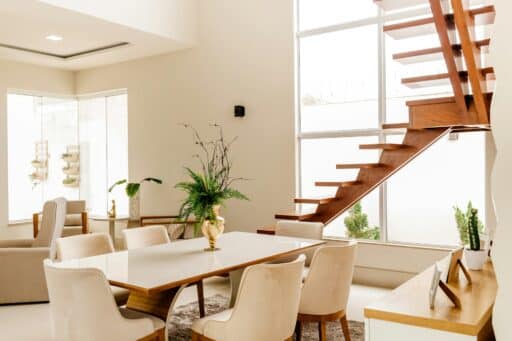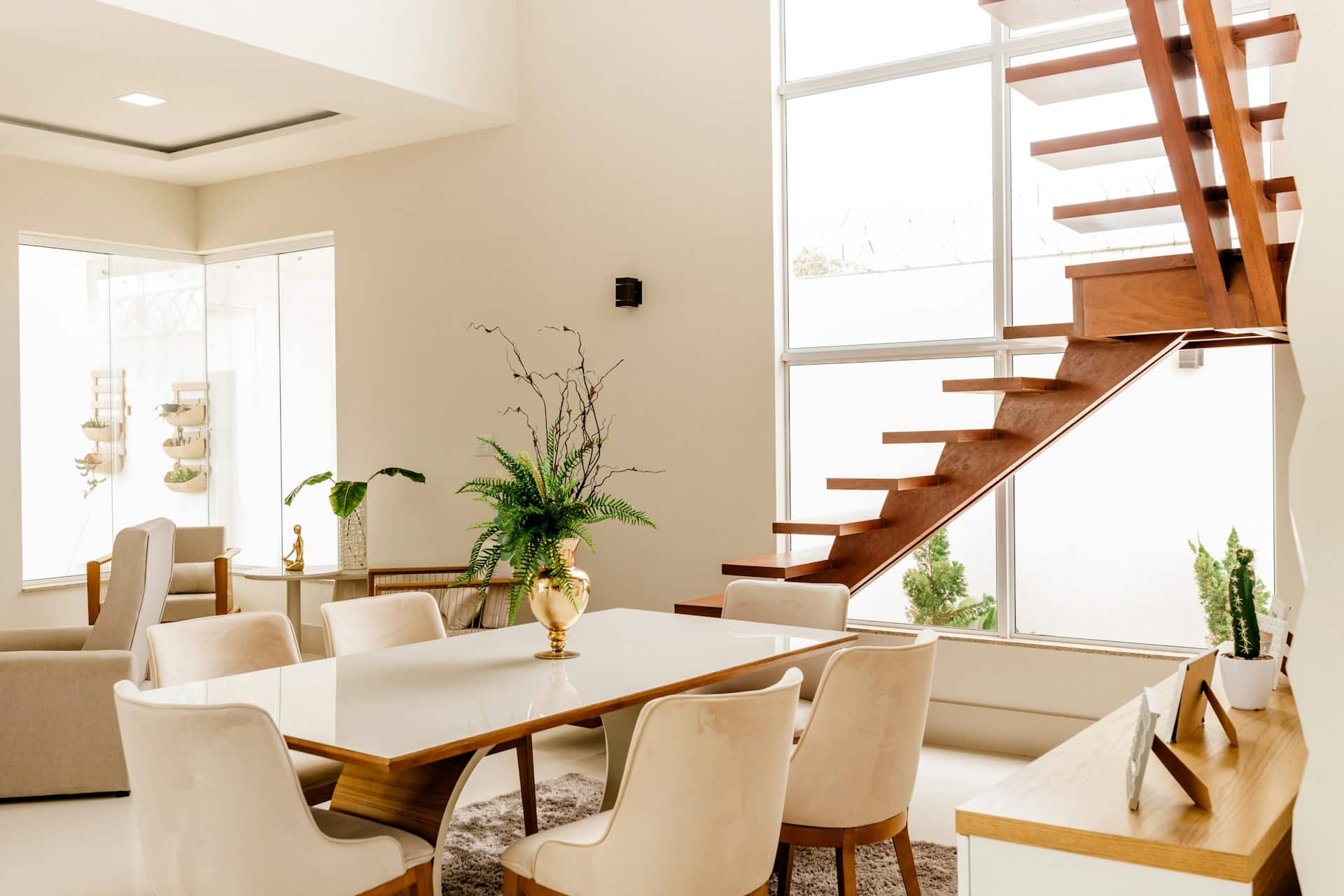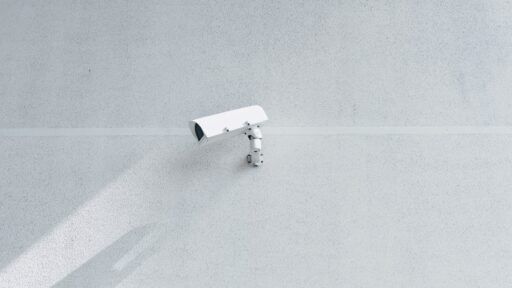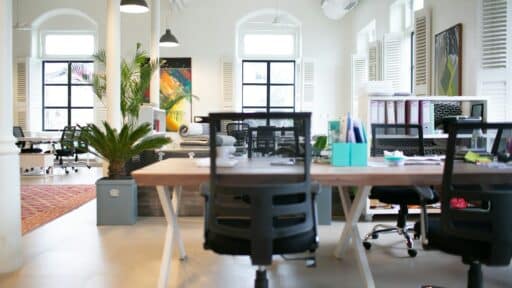Minimalist workspaces are not about empty rooms. They are about rooms that carry only what helps the day move forward. Clean lines, calm surfaces, and tidy tools reduce visual noise and free attention for real work.
Modern homes need areas that switch roles with little effort. A table becomes a studio, a corner becomes a focus zone, and a shelf becomes a backdrop for calls. Minimalism supports this flexibility by removing friction and letting a few well-chosen pieces do more.
Why Minimalism Fits How People Work Now
Work cycles are mixed across the week. A compact setup must handle typing, sketching, reading, and short calls without constant rearranging. Minimalist layouts reduce the number of moves between tasks, which saves energy and lowers the chance of clutter creep.
Visual calm supports mental clarity. Fewer competing shapes and colors help the eyes rest between screen scans. Smooth, matte surfaces hide fingerprints and tame glare. When the room asks less of the senses, long sessions feel easier, and the body relaxes.
The Furniture Shift – Slim Profiles and Flexible Bases
Furniture for lean workspaces favors smaller footprints and adjustable geometry. Thin tops with strong cores keep weight down while staying stable. Legs with a narrow stance open floor area and make cleaning simple. Seating with soft edges and compact arms slides under a desk to free circulation.
Height range is now non-negotiable. A base that moves from seated to counter height supports healthy posture variety without drama. Many home layouts benefit from modular pieces that can park close to walls, then pivot out for a wider stance during deep work. In small corners, a sturdy stand up desk frame paired with a slim top becomes the hidden engine of the setup – the look stays minimal, while the function quietly expands.
Light, Color, and Acoustic Calm
Daylight remains the best starting point. Place the desk perpendicular to a window to keep views and reduce glare. Use sheer shades to soften midday brightness without closing the room. Layer electric light so the scene adapts by hour – ambient for fill, task for precision, and a small backlight behind the monitor to reduce eye strain.
Color does quiet work. Low saturation neutrals on large surfaces keep the space open. A single deeper tone behind the screen anchors the view and reduces contrast fatigue. Sound matters as much as light. Soft rugs, fabric panels disguised as art, and book spines with mixed depths absorb echo and remove the sharp edge from calls.
Storage Rituals That Keep Surfaces Clear
Minimalism stays honest only when daily items have a home. Storage should be close, shallow, and specific. This keeps the desktop clear and the routine easy to repeat. A simple checklist helps:
- Keep daily tools within a forearm reach. Weekly tools within two steps.
- Use one in tray and one out tray. Paper does not wander.
- Route every cable to a single grommet or channel. No loops on the floor.
- Choose drawers with dividers for small items. Pens and adapters get a fixed address.
- Reserve one empty shelf for incoming gear. Space to spare prevents pileups.
Digital clutter also drains focus. A tidy file tree, silent notifications during focus blocks, and one inbox capture point reduce mental tabs and mirror the clean physical layout.
Small Homes, Big Function – Zoning and Movement
Minimalist workspaces thrive on clear zones that overlap with care. A shallow shelf can frame a webcam view while hiding routers and hubs. A folding screen with fabric fill can mark a work boundary in a studio layout, then slide flat behind a cabinet after hours. A compact mat near the desk invites short standing sessions. A narrow bench or accent chair provides a second posture for calls and reading.
Circulation is the quiet hero. Leave a clean path from door to desk to window so movement breaks are easy. When a room allows a small loop, short walks become automatic and stiffness drops. The goal is simple – movement built in, not bolted on.
When Work Ends, The Room Exhales
A minimalist workspace serves during the day and retreats at night. A single sweep clears the top. The task lamp dims, the chair tucks in, and the scene becomes living space again. Devices rest in a charging drawer, and cables vanish into their channels. Plants and a framed print keep warmth without clutter. The room looks ready for tomorrow without feeling like an office after hours.
The rise of minimalist workspaces reflects a larger shift toward useful calm. Fewer pieces, better chosen. Surfaces that welcome touch and hide mess. Light and sound tuned for long, steady attention. Storage that makes order the easiest choice. With these pieces in place, home work areas feel intentional, human, and easy to return to day after day.








